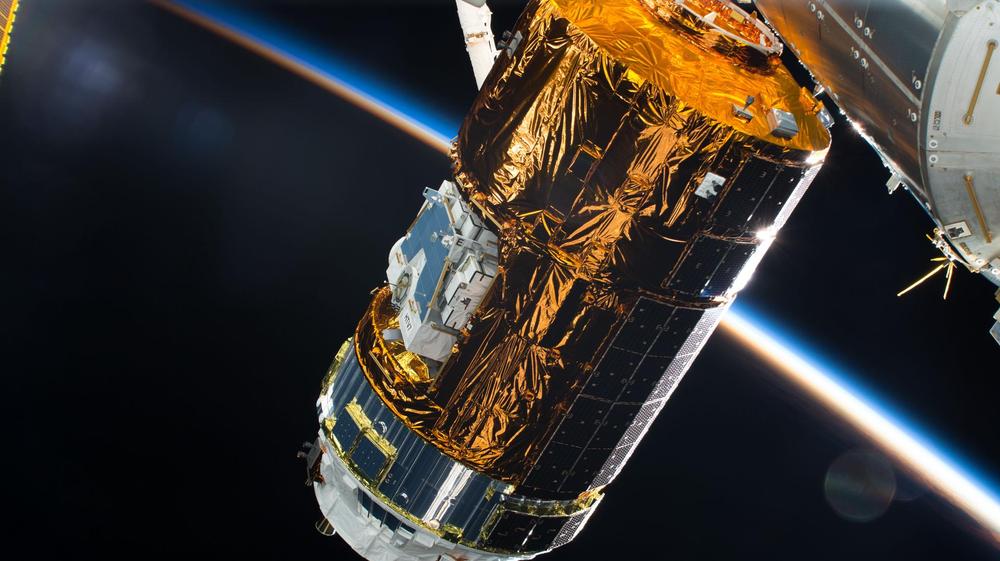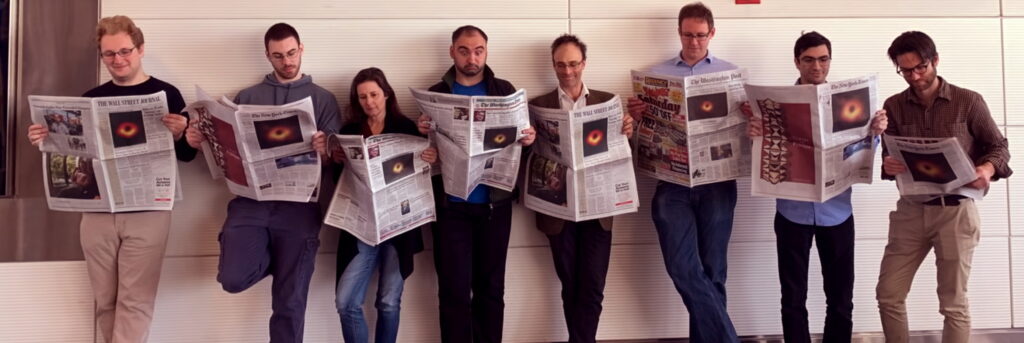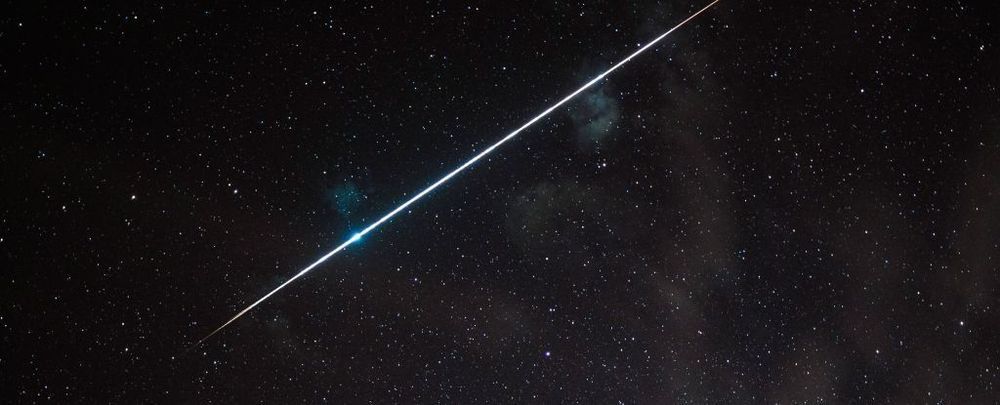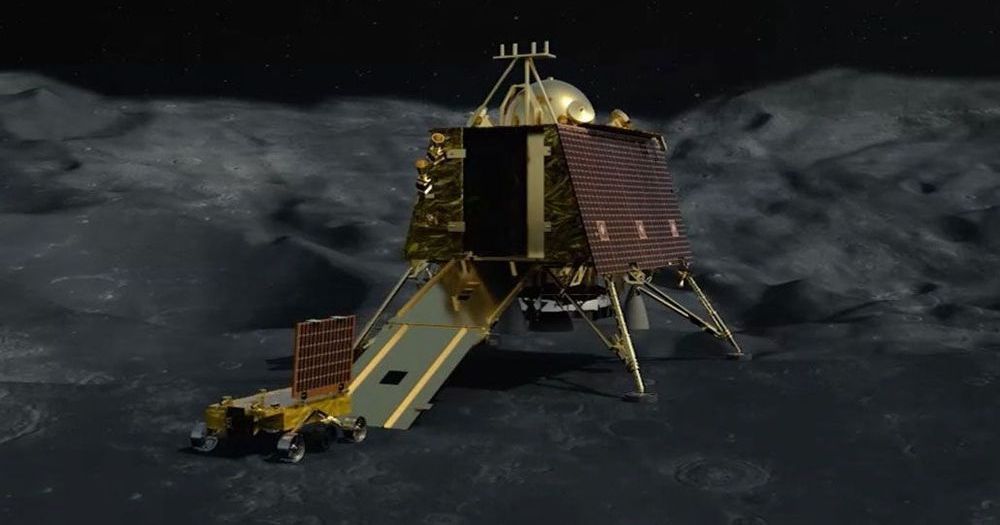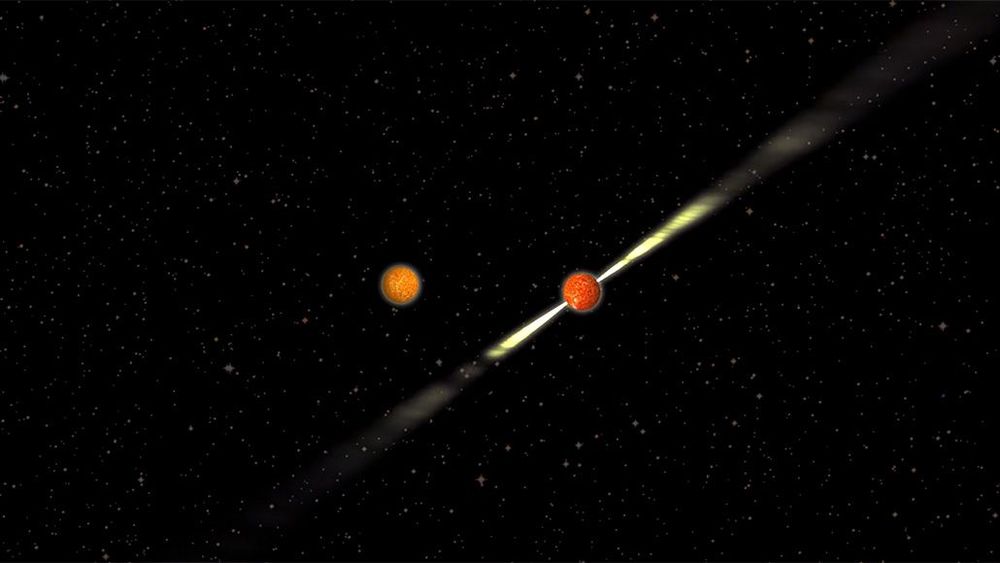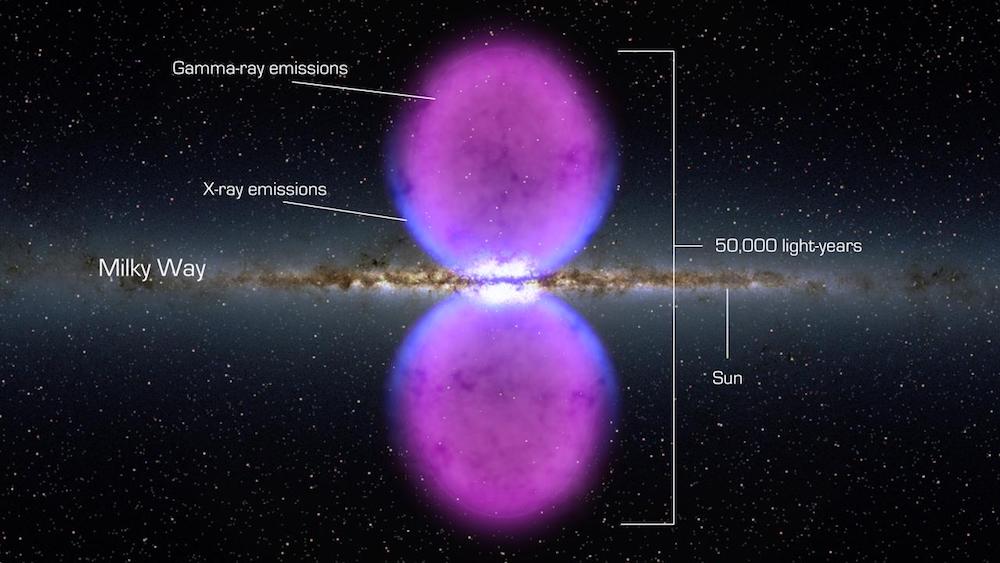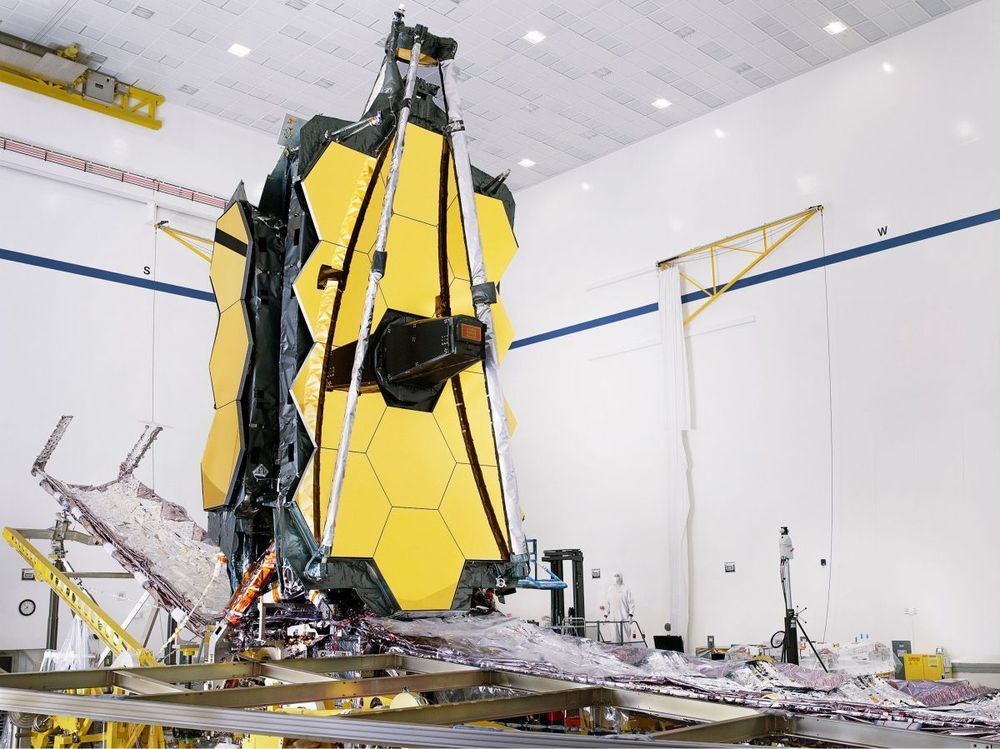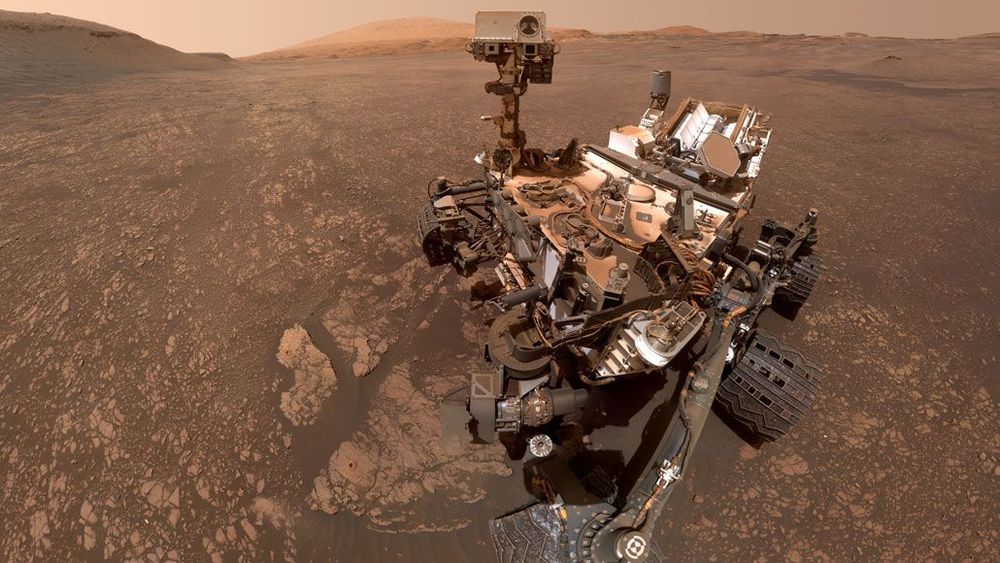A Japanese cargo spacecraft loaded with more than four tons of supplies, spare parts and experiment hardware is scheduled to launch from the Tanegashima Space Center in southern Japan to the International Space Station at 5:33 p.m. EDT Tuesday, Sept. 10 (6:33 a.m. Sept. 11 in Japan). Live coverage of the launch and capture will air on NASA Television and the agency’s website.
The Japan Aerospace Exploration Agency (JAXA) unpiloted H-II Transport Vehicle-8 (HTV-8) will launch on a Japanese H-IIB rocket on the tenth anniversary of the first HTV cargo spacecraft launch. Live coverage will begin at 5 p.m.
The spacecraft will arrive at the station Saturday, Sept. 14. Live coverage of the spacecraft rendezvous and capture will begin at 5:30 a.m. Expedition 60 Flight Engineer Christina Koch of NASA, backed up by her NASA crewmate Andrew Morgan, will operate the station’s Canadarm2 robotic arm from the station’s cupola to capture the 12-ton spacecraft as it approaches from below. Robotics flight controllers will then take over the operation of the arm to install HTV-8 to the Earth-facing port of the Harmony module where it will spend a month attached. Flight Engineer Luca Parmitano of ESA (European Space Agency) will monitor HTV-8 systems during its approach to the station.
